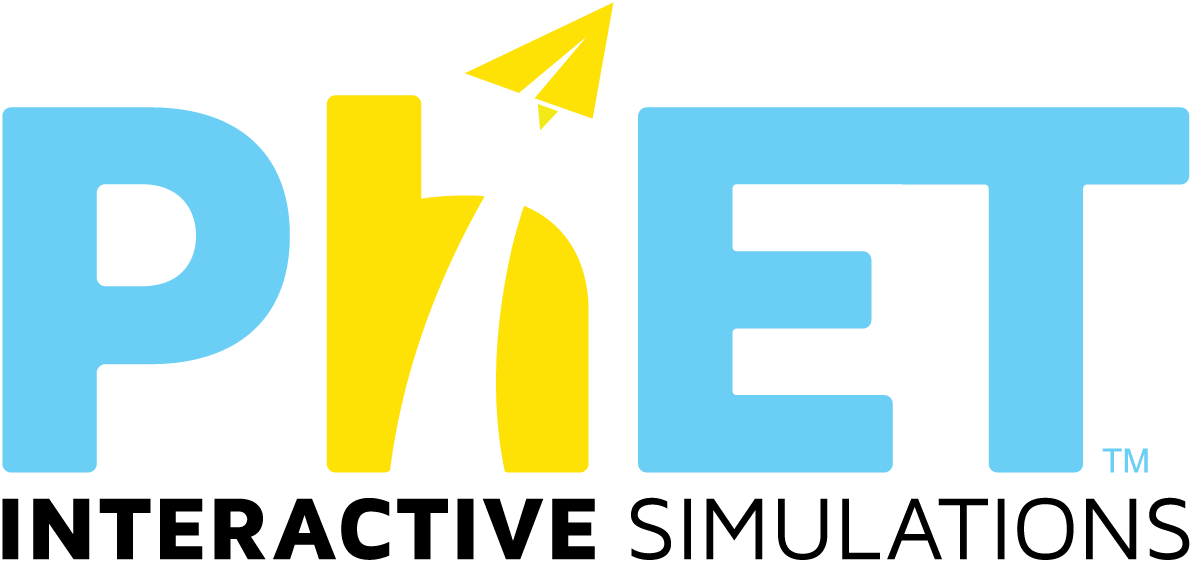142 találat a következőre: Chemistry
Szimulációk
- Alfa-bomlás
- Atomépítés - játékkal (HTML5)
- Atomi kölcsönhatások (HTML5)
- Atommagépítő (HTML5)
- Atomtömeg és izotópok (HTML5)
- Béta-bomlás
- Coulomb-törvény (HTML5)
- Cukor- és sóoldatok
- Diffúzió (HTML5)
- Egyensúlyi reakció "gázmodellje"
- Elektrondiffrakció (Davisson-Germer)
- Energiafajták átalakítása (HTML5)
- Feketetest-sugárzás spektruma (HTML5)
- Félvezetők
- Fotoeffektus
- Fourier: hullám-LEGO
- Gázok: bevezetés (HTML5)
- Gáztulajdonságok (HTML5)
- Halmazállapotok (HTML5)
- Halmazállapotok - alapok (HTML5)
- Hidrogénatom-modellek
- Hullámzó gyöngyfüzér (HTML5)
- Iránykvantálás (Stern-Gerlach)
- Kémiai egyenletek rendezése (HTML5)
- Koncentráció (HTML5)
- Kovalens kötés: 2 potenciálgödör
- Kvantált kötött állapotok
- Kvantumhullám-interferencia
- Lambert–Beer Labor (HTML5)
- Léggömbök és a statikus elektromosság (HTML5)
- Léggömbök és a statikus elektromosság
- Léggömbök és felhajtóerő
- Lézerek
- Maghasadás
- Membrántranszport (HTML5)
- Mikrohullámok
- Molaritás (HTML5)
- Molekulaalakok (HTML5)
- Molekulaalakok - alapok (HTML5)
- Molekulaépítő (HTML5)
- Molekulák és a fény (HTML5)
- Molekulák polaritása (HTML5)
- Molekulák polaritása
- MRI & NMR
- Neoncsövek & más kisülési lámpák
- pH skála (HTML5)
- pH-skála - alapok (HTML5)
- Rádióhullámok
- Radiometrikus kormeghatározás
- Reakciók: sebesség & egyensúly
- Reaktánsok, termékek és maradékok (HTML5)
- Rutherford-szórás (HTML5)
- Sav-bázis oldatok (HTML5)
- Sók és oldhatóság
- Súrlódás (HTML5)
- Sűrűség (HTML5)
- Üvegházhatás
- Vezetőképesség
- Fourier: Making Waves (HTML5)
- Models of the Hydrogen Atom (HTML5)
- Quantum Coin Toss (HTML5)
- Quantum Measurement (HTML5)
Tevékenységek
- Concept Questions for Chemistry using PhET
- Chemistry Theater
- PhET Sims Aligned to the Chemistry Curriculum
- Using PhET in High School Chemistry- all my activities in pdf
- Reactions and Rates College version for tab 3- kinetics (Inquiry Based)
- Online Quiz for Build An Atom
- Reactants, Products and Leftovers Activity 1: Intro to Chemical Reactions and Limiting Reactants
- Acid Concentration and Strength Investigation
- Beer's Law Warm-Up
- Beer's Law: An AP Chemistry Activity
- Salts and Solubility 4: Using Q and LeChateliers Principle
- Reactions and Rates 3: Introduction to Equilibrium (Inquiry Based)
- Reactions and Rates 1 Introduction to reactions (Inquiry Based)
- Gases Understanding physical properties of gases (Inquiry Based)
- Salts and Solubility 3: Solution Equilibrium and Ksp (Inquiry Based)
- Salts and Solubility 2: Solubility (Inquiry Based)
- Reactions and Rates 4 lessons (Inquiry Based)
- Exploring Radioactive Decay and Its Uses
- Radioactive Decay - ILD
- Limiting Reactants
- Strong and Weak Acids
- Chemistry - Introduction to Coulomb's Law
- Salts and Solubility 5: Designer Salts (Inquiry Based)
- Salts and Solubility 1: introduction to salts (Inquiry Based)
- Acid-Base Macro Particulate Symbolic
- Temperature and Energy NGSS aligned
- Salts and Solubility Concept Questions for 5 activitites (Inquiry Based)
- Inquiry Equilibrium activity
- How Will This Isotope Decay?
- Alpha Decay investigations
- Energy Skate Park Basics - Clicker Questions
- Coulomb's Law for Chemistry
- Reaction Rates
- Beta Decay Investigations
- High School Chemistry 1 level Balancing Equations
- Kinetic Molecular Theory- Introduction (inquiry-based)
- Build an Molecule - Inquiry-based basics
- Gas Laws
- Polarity Lab
- High School Chemistry 1 level: Limiting reagents
- ORGANIC CHEMISTRY Chemical Reactions of Alkanes and Alkenes
- An Introduction to pH
- What effect does dilution of an acid or base have on the pH of the solution?
- Reactions and Rates: Learning Goals from the design team (Inquiry Based)
- On the molecular level, what is the difference between acids and bases?
- Sugar and Salt Solutions: intro to bonding
- Density-introduction
- What is an atom?
- Molecular Geometry Flash Cards
- Equilibrium Inquiry and Experiment Activity
- Climate Change - Gas
- Guided Discovery: BMI, BMR, Calories in/out
- Reactants, Leftovers and Products
- Build a Molecule
- SNC 2D0 - Building Molecules Activity 2020
- Exploring the pH of substances
- What is an atom?
- Solutions Unit Sample
- Balancing Chemical Equations
- Greenhouse Gas Exploration
- States of Matter - Lab Simulation - student procedures and questions
- Visualizing Mixing with Sugar and Salt Solutions
- States of Matter PhET
- Molecule Shapes Advanced
- Isotopes
- Making STABLE Atoms Lab
- Atom Builder
- Photoelectric Effect
- Thermal Energy Flow PhET Lab
- Introduction to the gas laws
- Elements and Compounds Lesson
- It’s All in the Shape: Discovering Molecular Geometry
- Using the Atomic Interactions PhET Simulation: Concept Development for Understanding Energy Changes Associated with Bond Forming and Bond Breaking Events
- Atomic Interactions PhET Exploration - with Coulomb's Law application
- Introduction to the Gas Laws using PhET simulations
- Activity: Wave on a String
- MS and HS TEK to Sim Alignment
- Using the Coulomb’s Law PhET Simulation: Concept Development for Understanding Electrostatic Forces
- Using the Molecule Polarity PhET Simulation: Concept Development for Understanding Molecular Dipoles
- Using the Molecular Shapes PhET Simulation: Concept Development for Understanding Molecular Geometry and Shape


